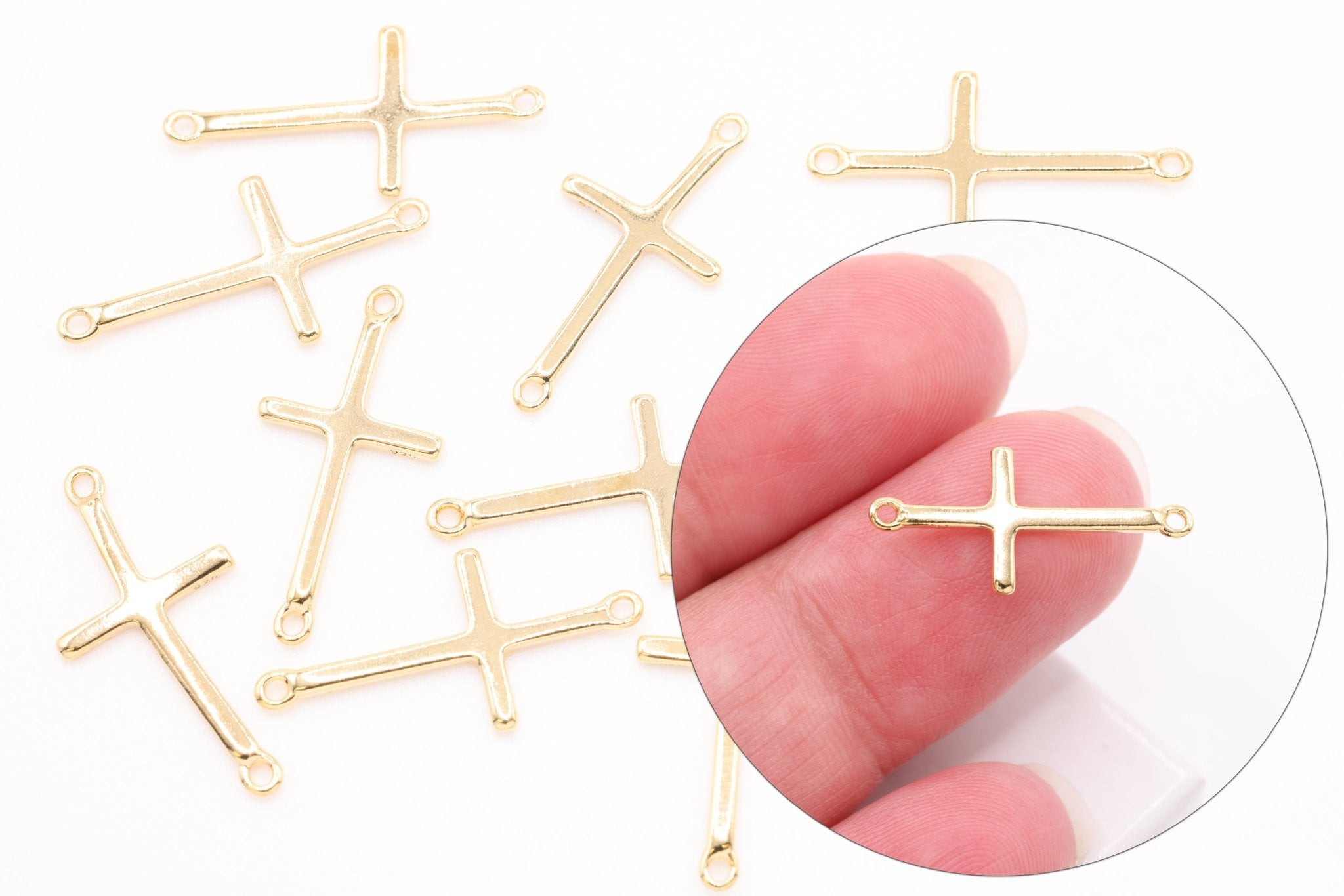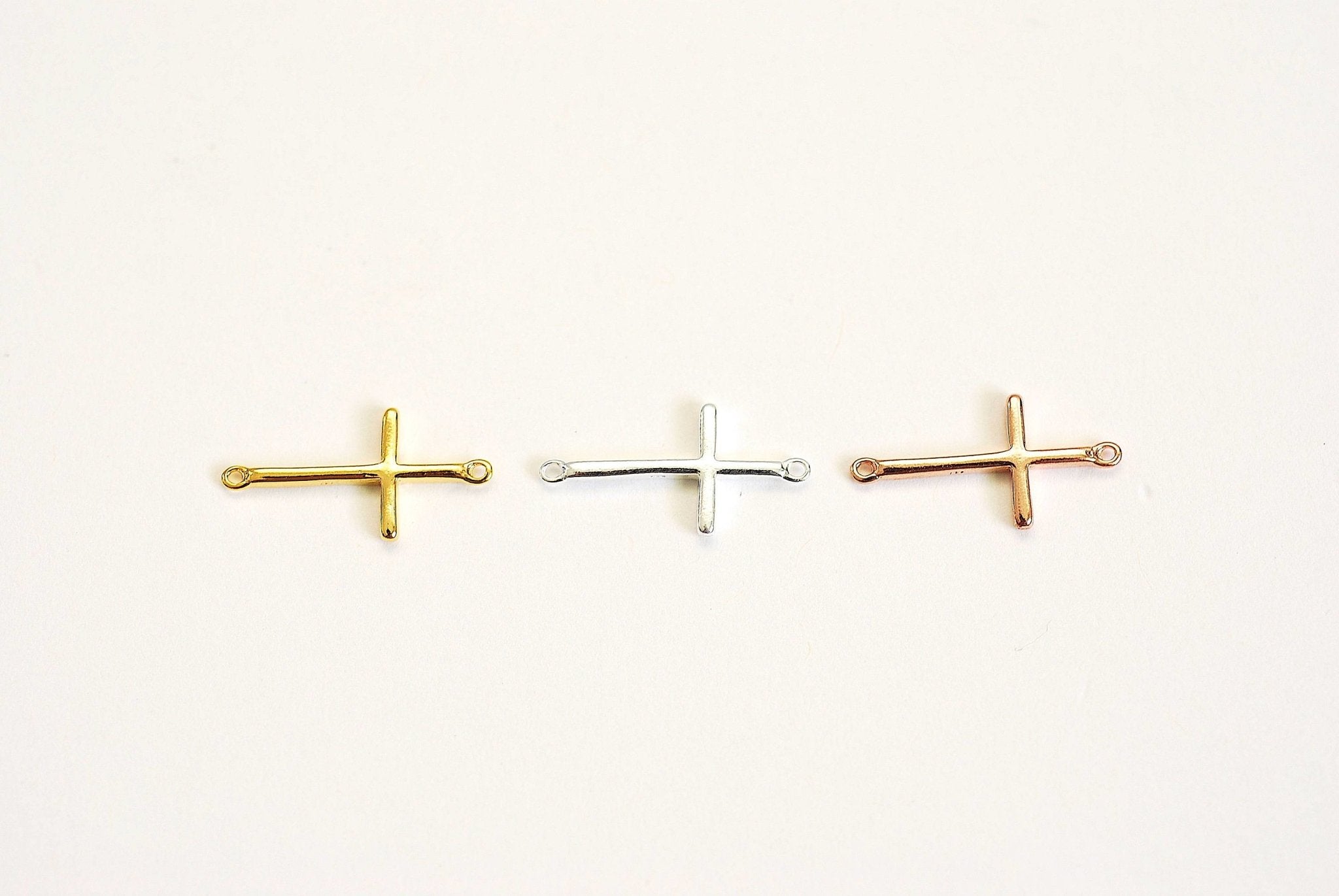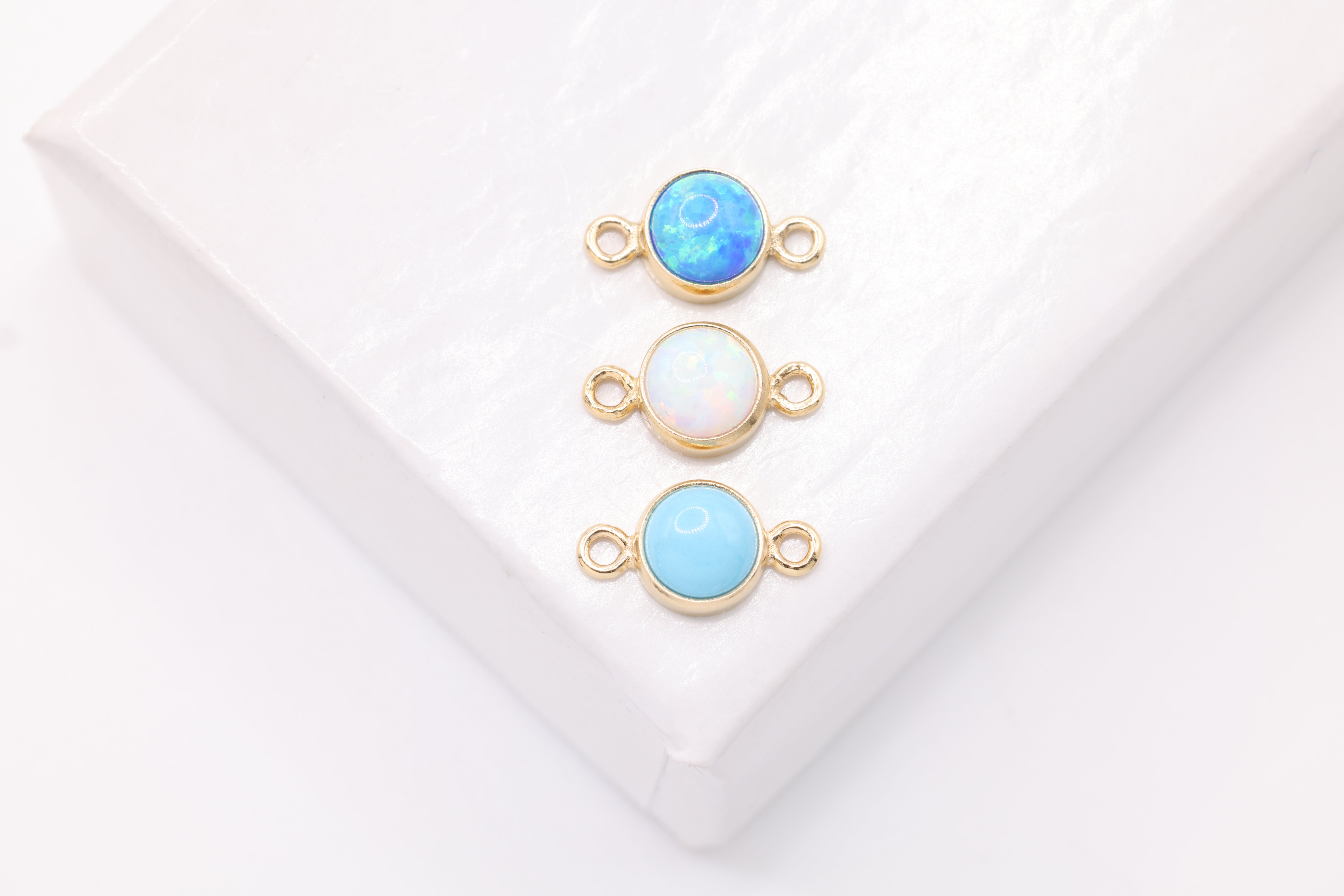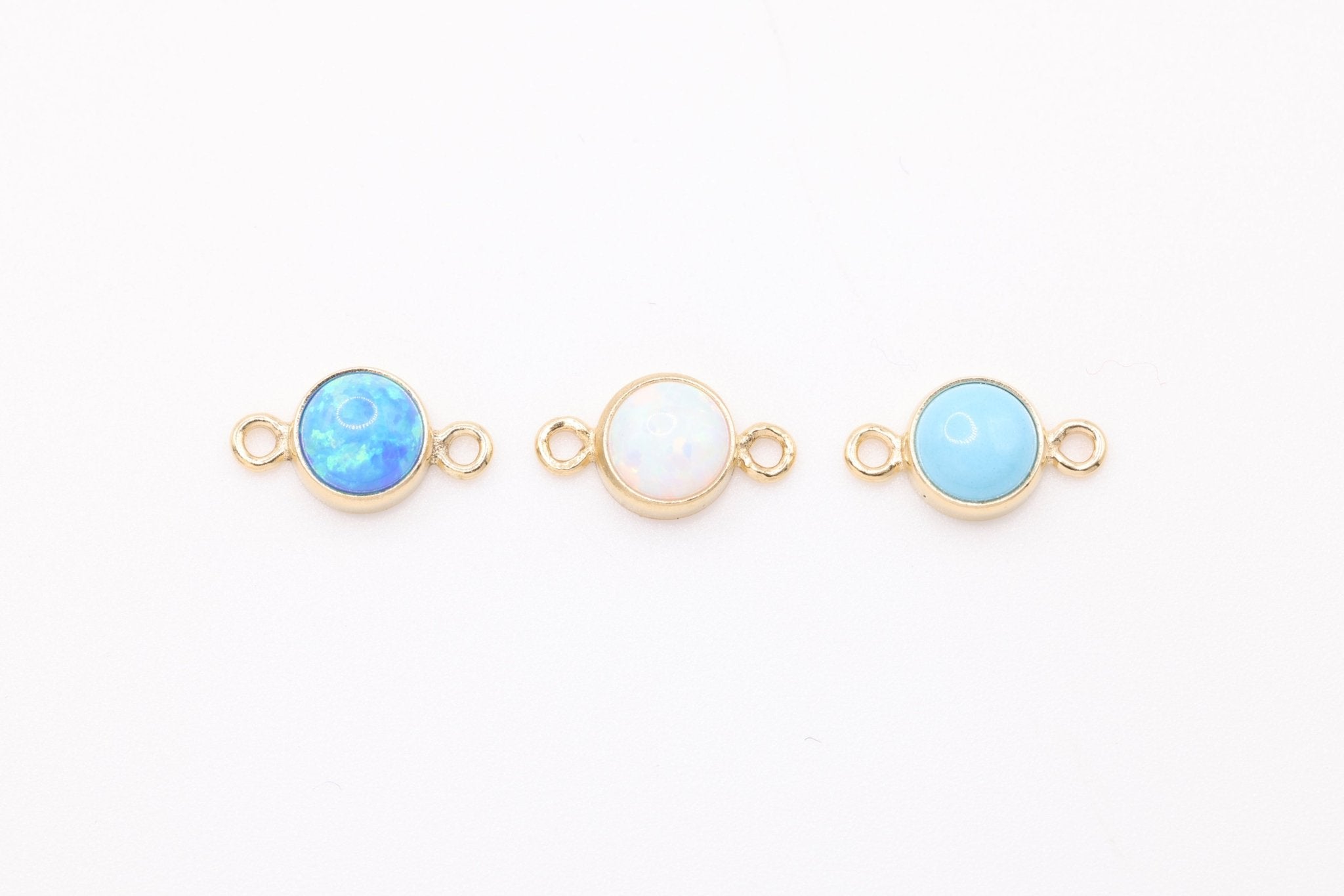Sand dollars are unique marine creatures belonging to the echinoderm family, which also includes sea urchins and starfish. Known for their distinct appearance and fascinating features, sand dollars are commonly found in sandy ocean floors around the world.
Anatomy:
Sand dollars have a flattened, disc-shaped body with a design resembling a flower or star. The upper surface, known as the test, is covered with fine, intricate patterns of five-petaled petalloid structures. These designs vary among species and play a role in protecting the animal's soft tissues. The underside features a set of specialized tube feet used for movement, respiration, and feeding.
Habitat:
Sand dollars are primarily found in shallow waters along coastlines, especially in areas with sandy or muddy substrates. They prefer habitats with a mix of fine sediments and organic material. These creatures often bury themselves in the sand, leaving only the upper surface exposed. This buried position helps protect them from predators and strong wave action.
Feeding and Respiration:
Sand dollars are filter feeders, primarily consuming microscopic algae, plankton, and detritus. Using their tube feet, they create a flow of water that carries small particles toward their mouth located on the bottom side. Cilia on their bodies then move the particles towards the mouth, where they are ingested and processed.
Reproduction:
The reproductive process of sand dollars is intriguing. They are dioecious, meaning individuals are either male or female. During reproduction, the male releases sperm into the water, which is then captured by the tube feet of the female. Fertilization occurs externally, leading to the development of free-swimming larvae. After a brief period, the larvae settle on the ocean floor, undergo metamorphosis, and transform into juvenile sand dollars.
Adaptations and Defense:
The unique design of sand dollars provides them with various adaptations for survival. The pattern on their test not only helps in camouflage but also enhances their resistance to predators. In the face of danger, sand dollars can use their tube feet to move quickly or even "stand" on their edge to escape from potential threats.
Ecological Significance:
Sand dollars contribute to the marine ecosystem by playing a role in nutrient cycling. Their filter-feeding behavior helps regulate plankton populations, influencing the overall balance of the underwater food web. Additionally, they serve as prey for various marine animals, contributing to the biodiversity of coastal ecosystems.
Sand dollar charms hold special significance for many individuals, often cherished not only for their aesthetic appeal but also for the symbolic meanings associated with these delicate treasures from the sea. Here's a closer look at the various interpretations and cultural connections attributed to sand dollar charms:
1. Peace and Tranquility:
One of the most common interpretations of the sand dollar charm is its association with peace and tranquility. The distinct pattern on the sand dollar's surface is often said to resemble a doves' wings, symbolizing peace. This connection to calmness and serenity makes sand dollar charms popular choices for those seeking a sense of peace in their lives.
2. Wholeness and Unity:
The five-petaled design of a sand dollar, resembling a flower or star, is seen as a symbol of completeness and unity. Each petal is interconnected, representing harmony and balance. People may choose sand dollar charms to express a desire for wholeness in relationships, families, or personal well-being.
3. Spiritual Symbolism:
In some cultures, sand dollars are associated with spiritual meanings. The fivefold symmetry is thought to represent the five wounds of Christ, making sand dollar charms popular among those with Christian beliefs. It's not uncommon to find sand dollar charms used in religious jewelry or given as gifts with spiritual significance.
4. Abundance and Blessings:
Due to their abundance along coastlines, sand dollars are sometimes considered symbols of prosperity and good fortune. The numerous tiny perforations on the sand dollar's surface are thought to represent coins, and possessing a sand dollar charm may be seen as attracting financial or material blessings.
5. Connection to the Sea:
For beach lovers and those who feel a deep connection to the ocean, sand dollar charms and beach theme charms serve as reminders of the sea's beauty and mystery. They are often chosen by individuals who appreciate the calming influence of coastal environments and seek to carry a piece of the beach with them as a talisman.
6. Natural Beauty and Resilience:
The process of finding a sand dollar on the shore, weathered by the elements, adds to its charm. The scars and imperfections tell a story of resilience and survival. Sand dollar charms can be chosen to symbolize personal strength and the ability to weather life's challenges while maintaining inner beauty.
7. Gifts and Souvenirs:
Sand dollar charms are frequently exchanged as gifts or souvenirs from coastal destinations. They serve as tangible reminders of beach vacations, capturing the memories of sun-soaked days and the sound of waves crashing against the shore.
The meaning behind sand dollar charms is diverse and personal, varying among individuals and cultures. Whether worn as jewelry, used in crafts, or simply collected as keepsakes, these charms carry a rich tapestry of symbolism that resonates with those who appreciate the beauty and significance of the natural world. Find wholesale sand dollar charms and other beach charms at HarperCrown.

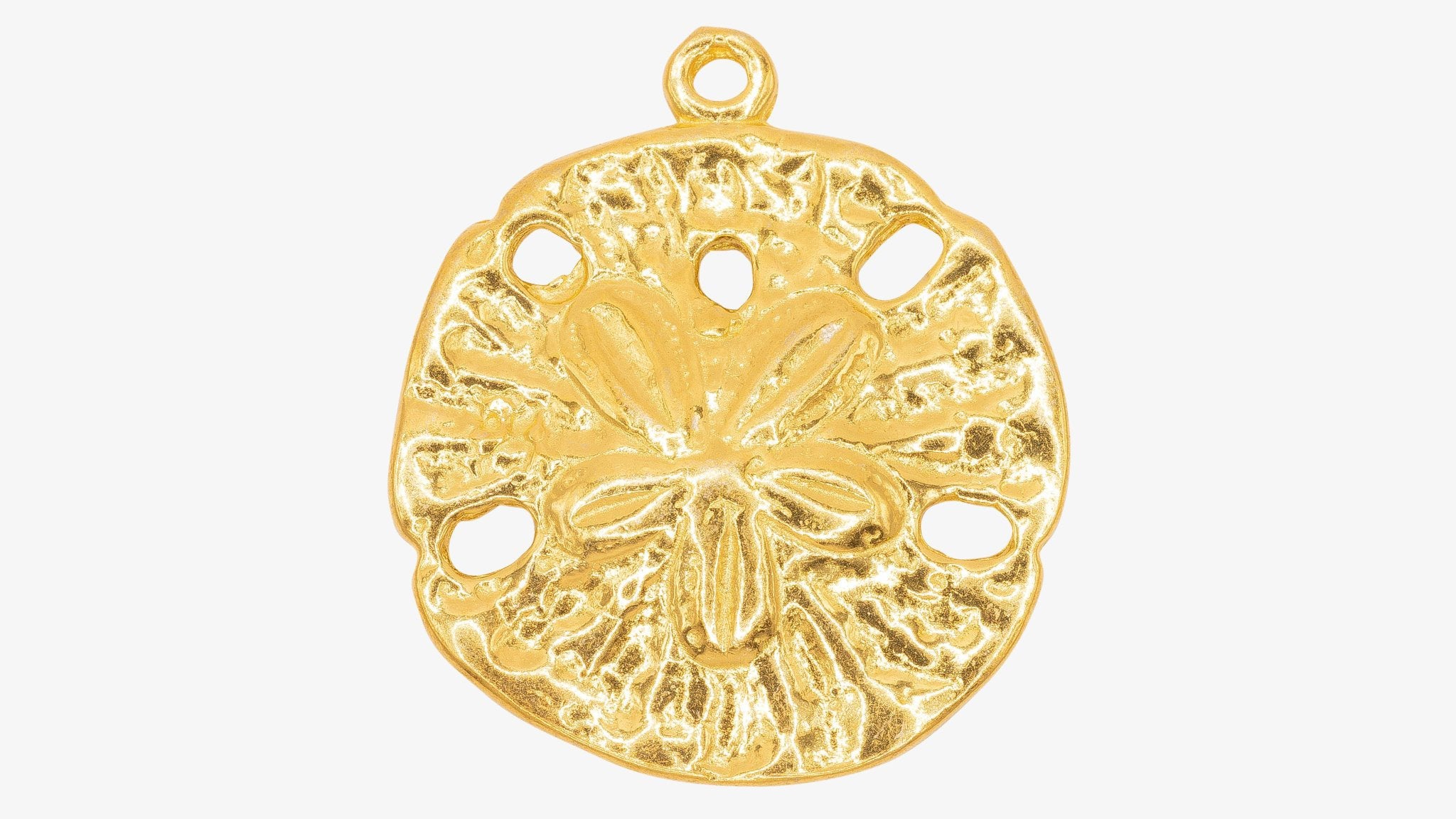
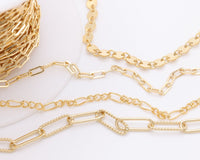
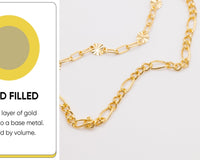

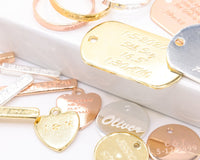

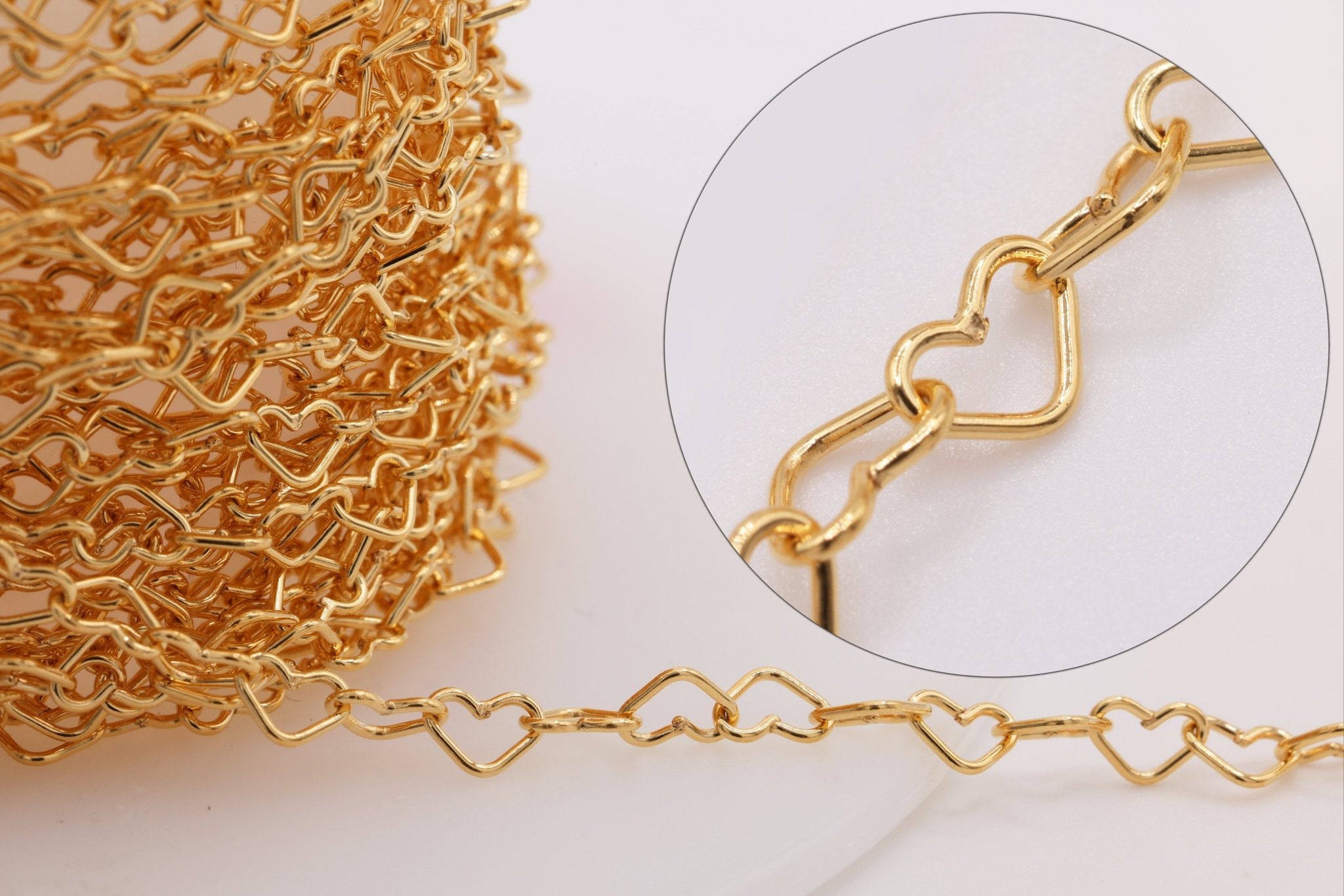
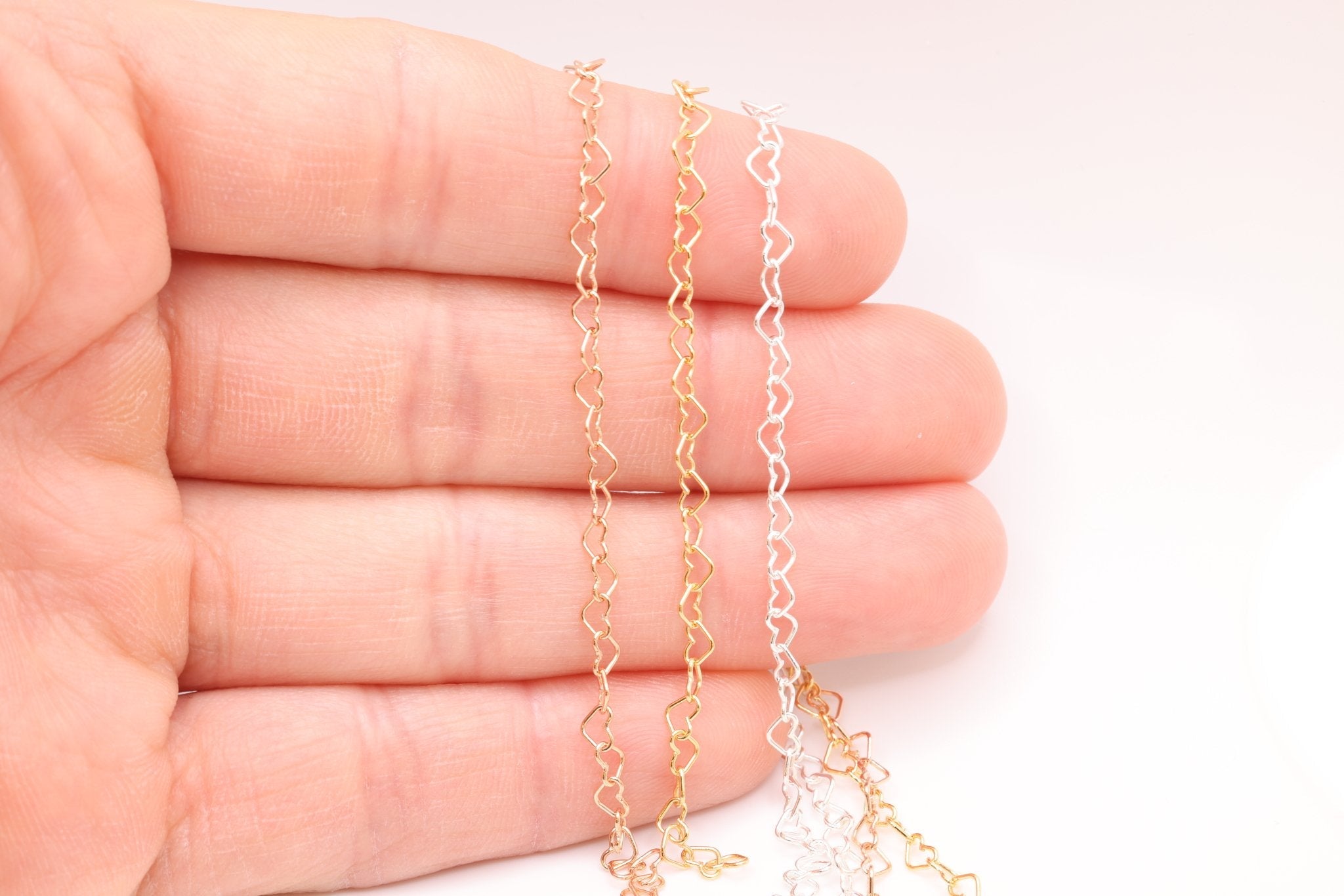
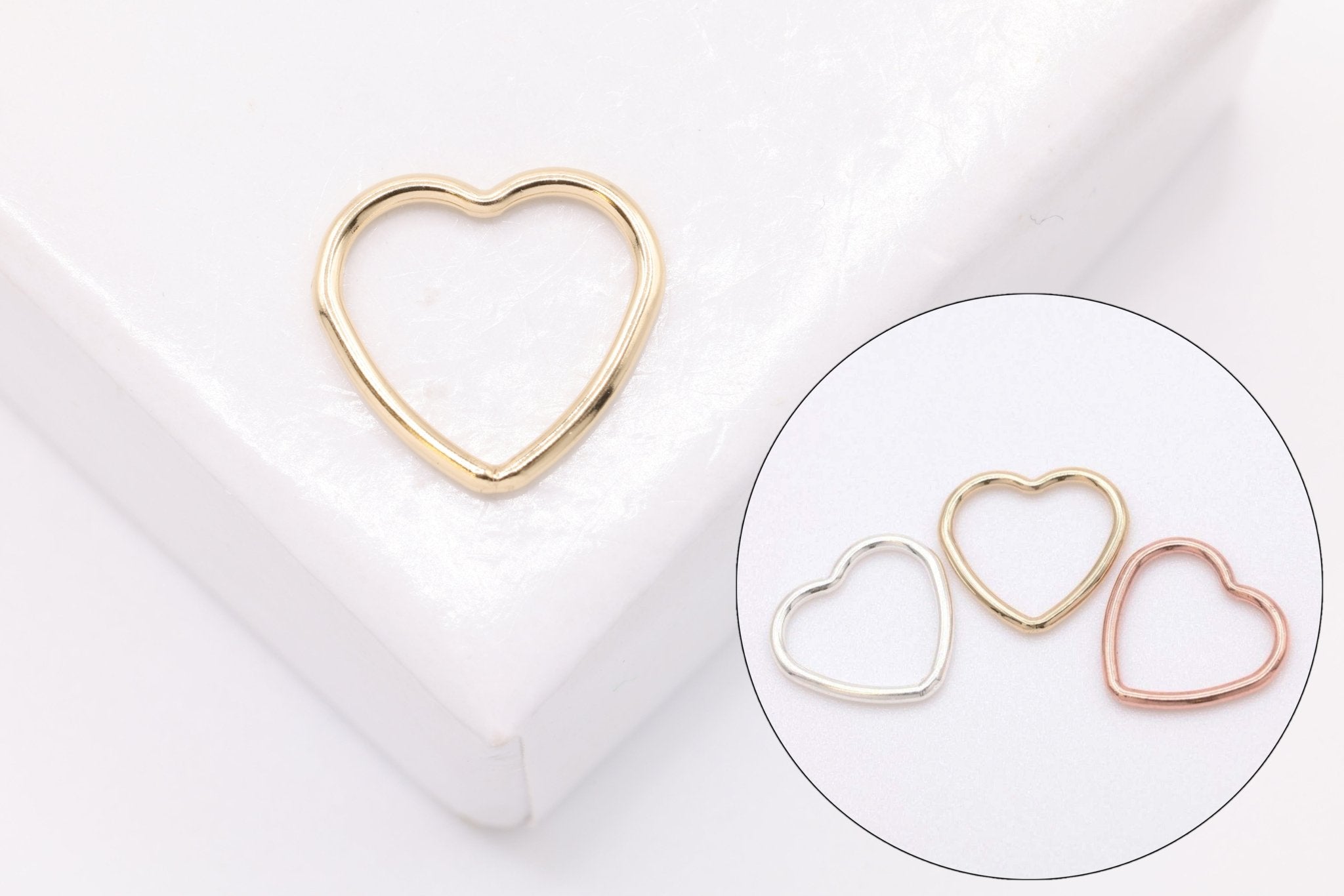
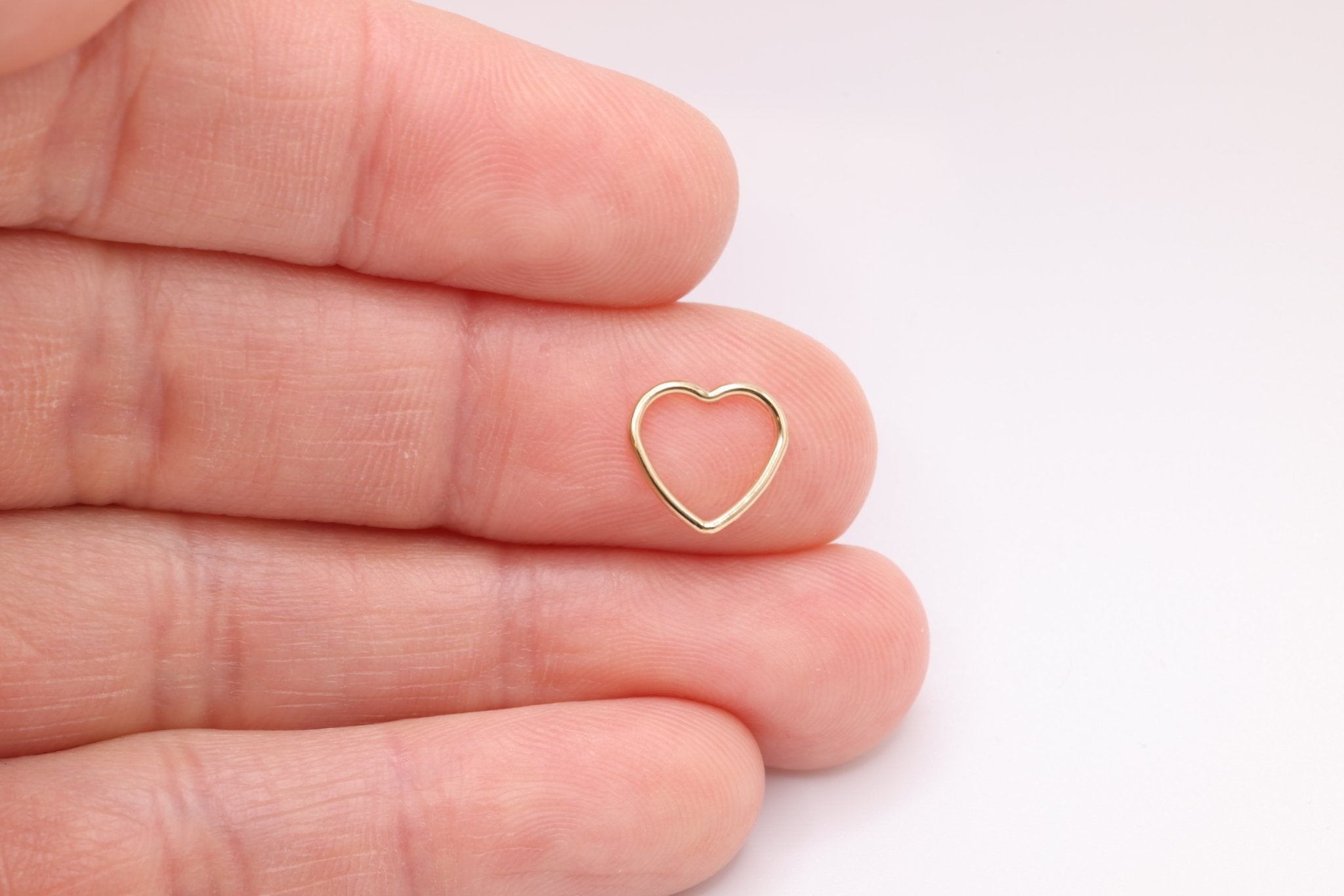
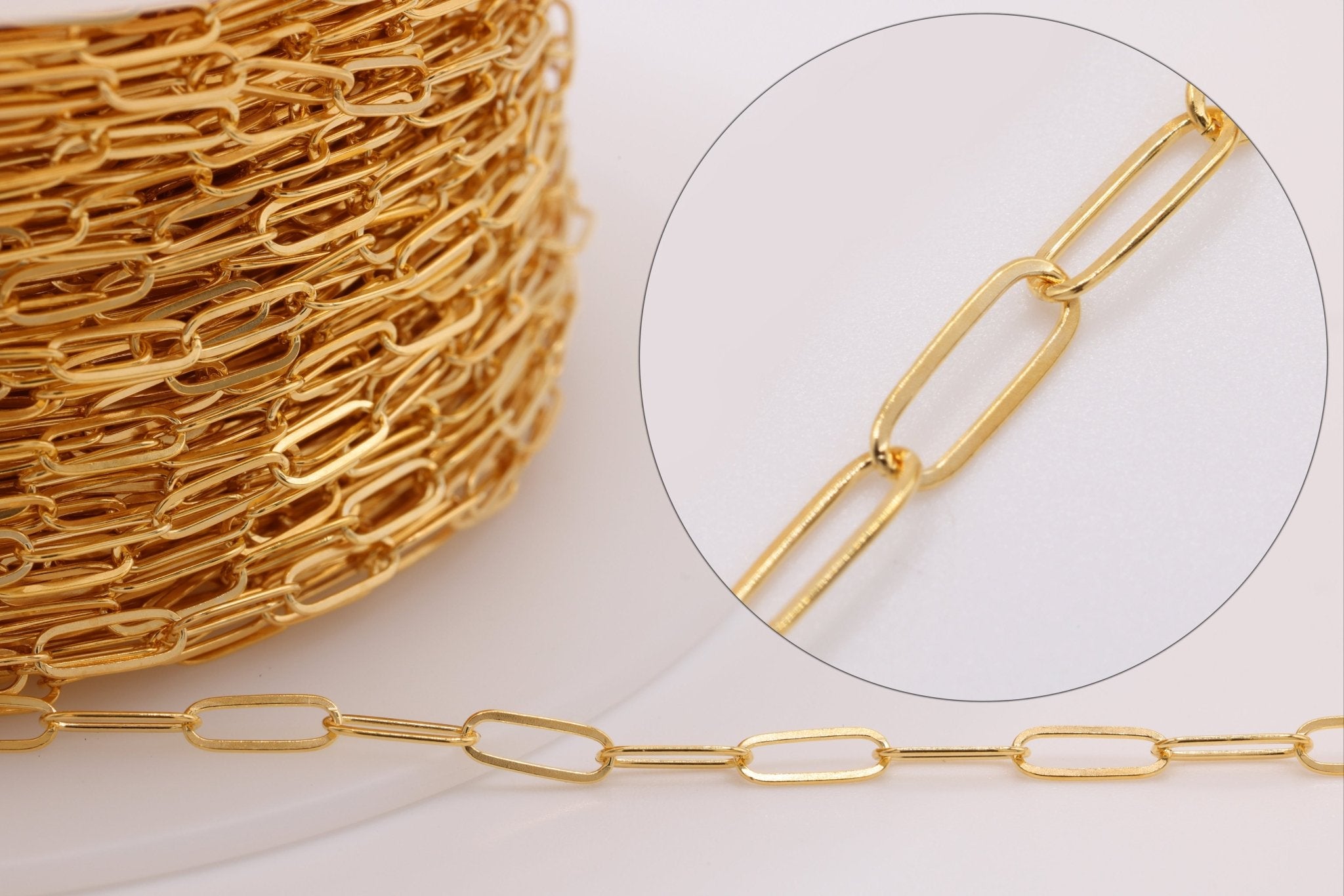
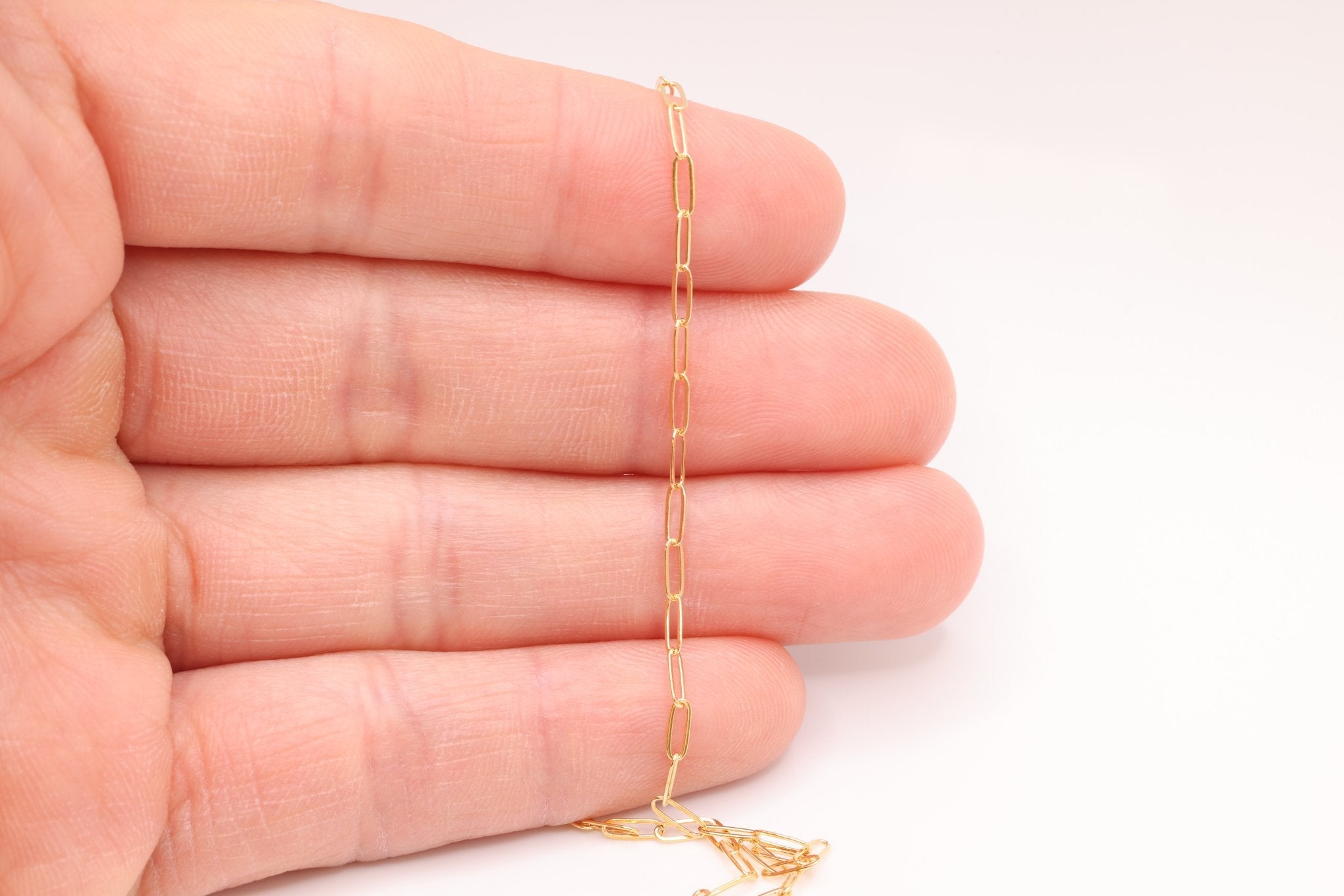
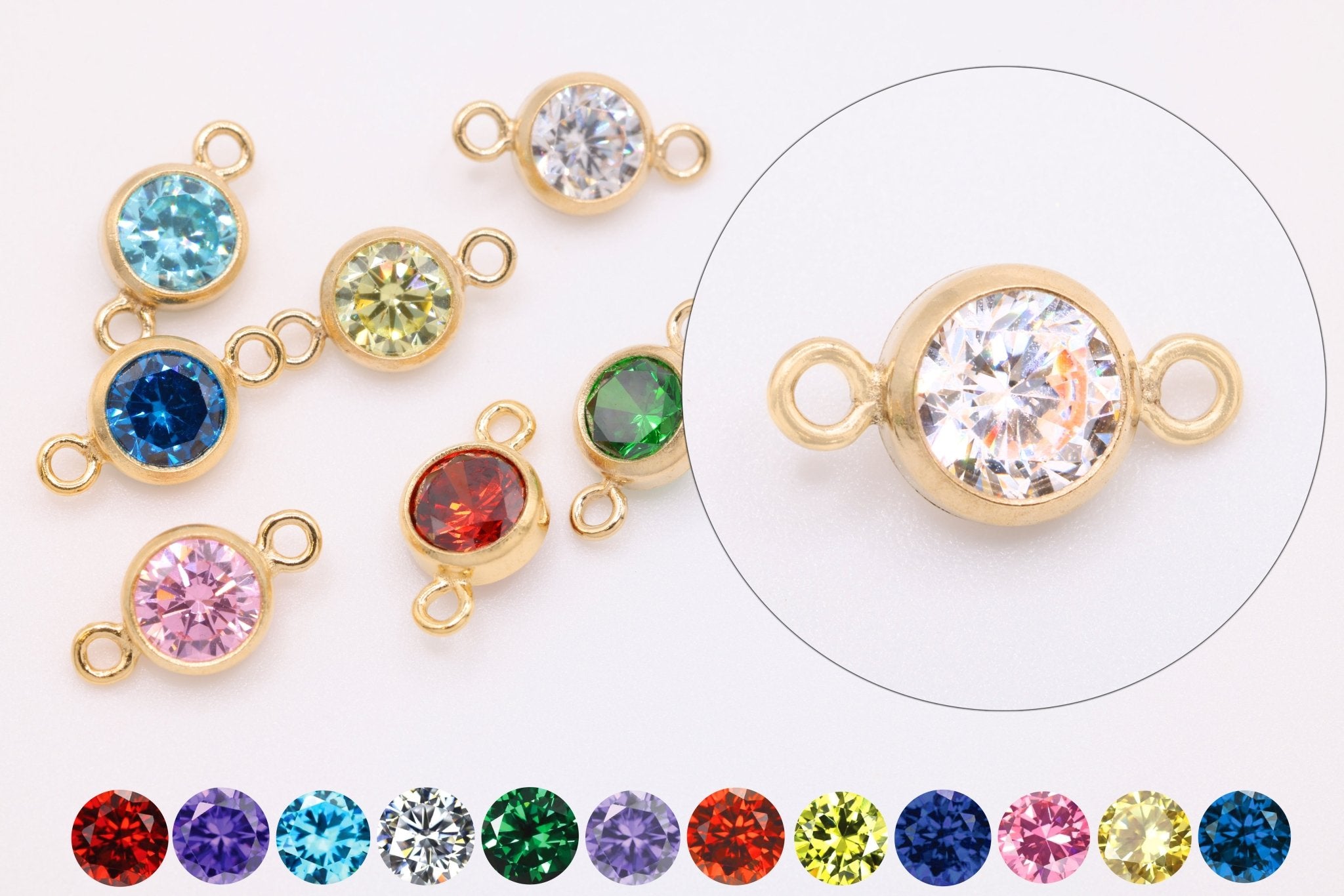
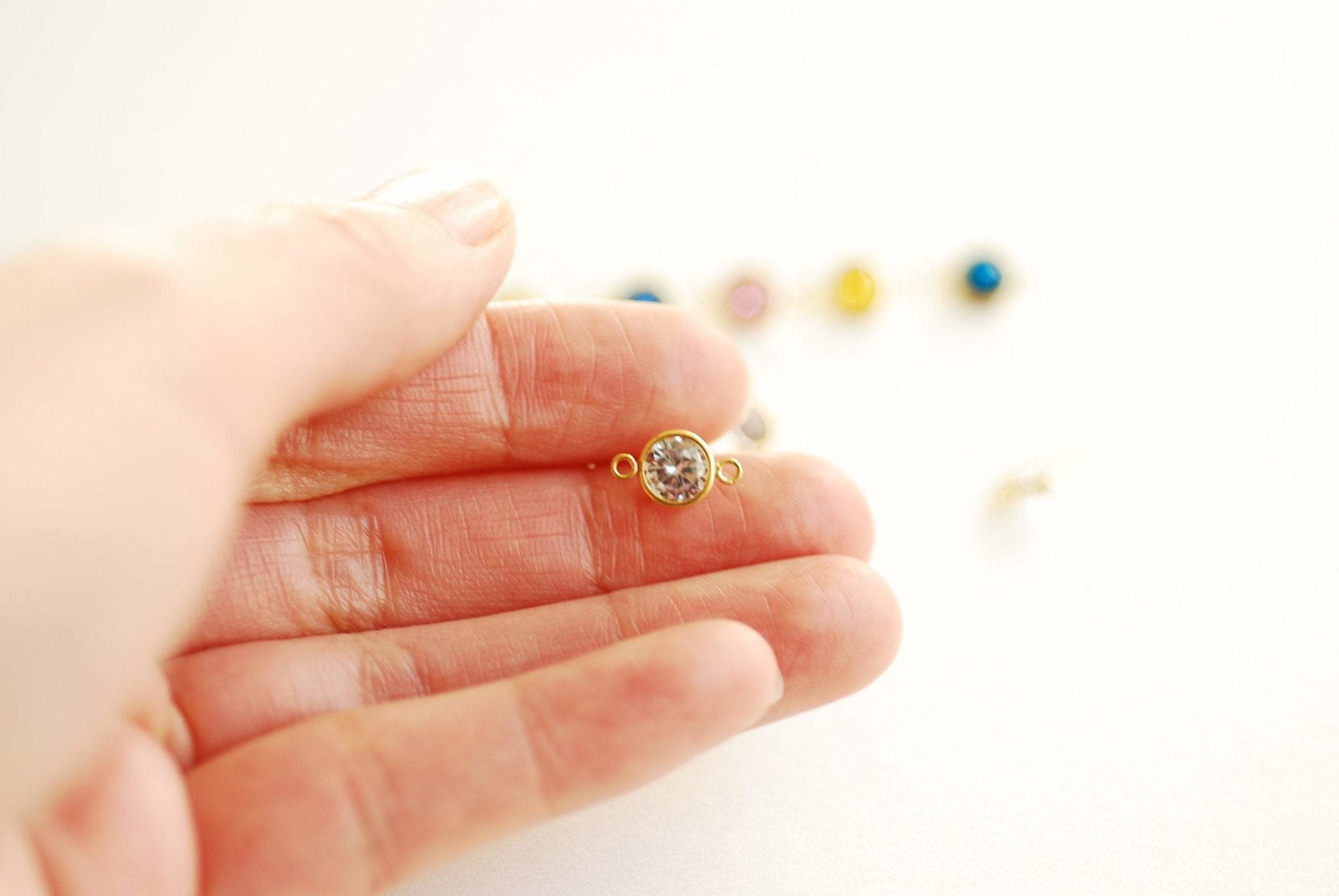
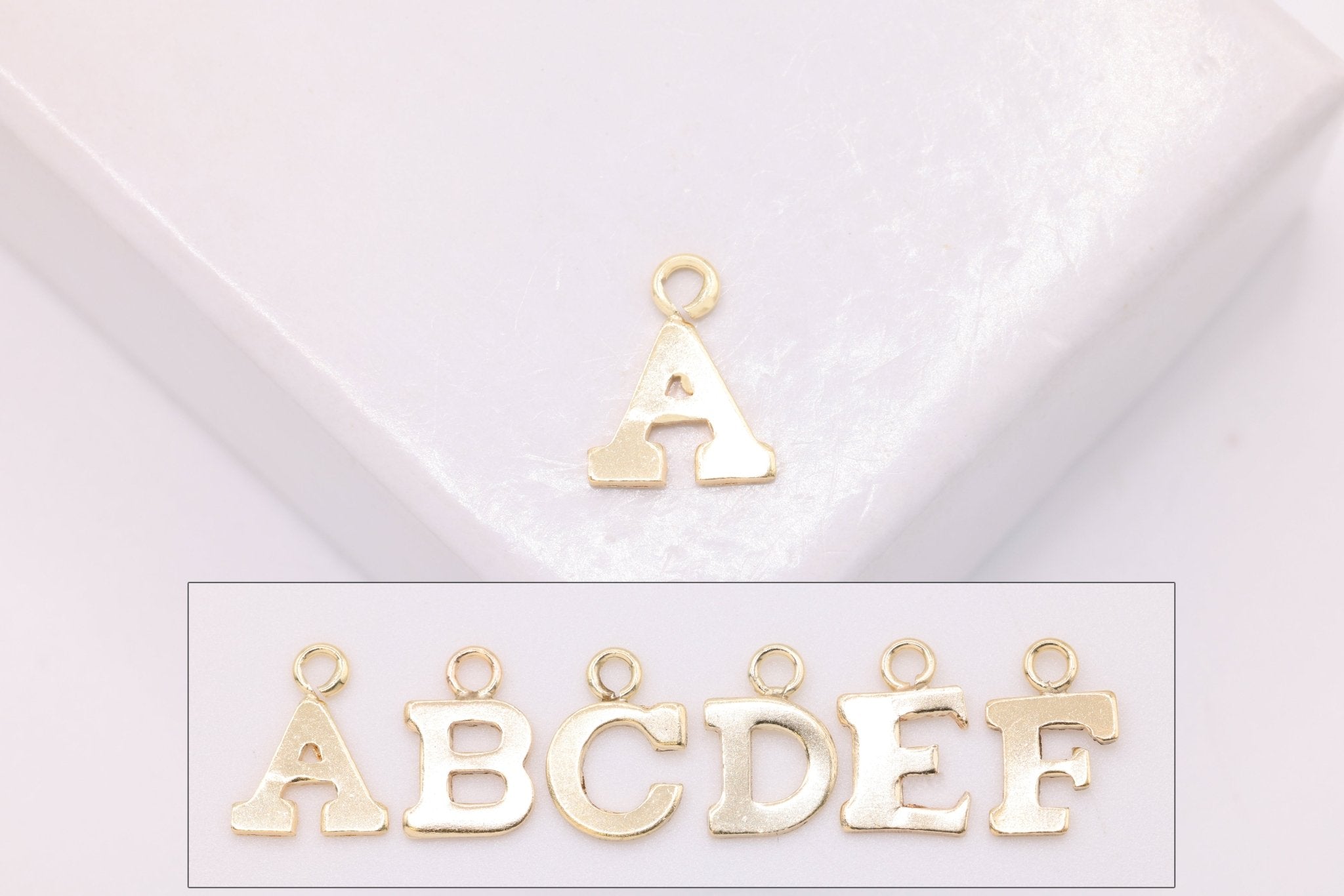
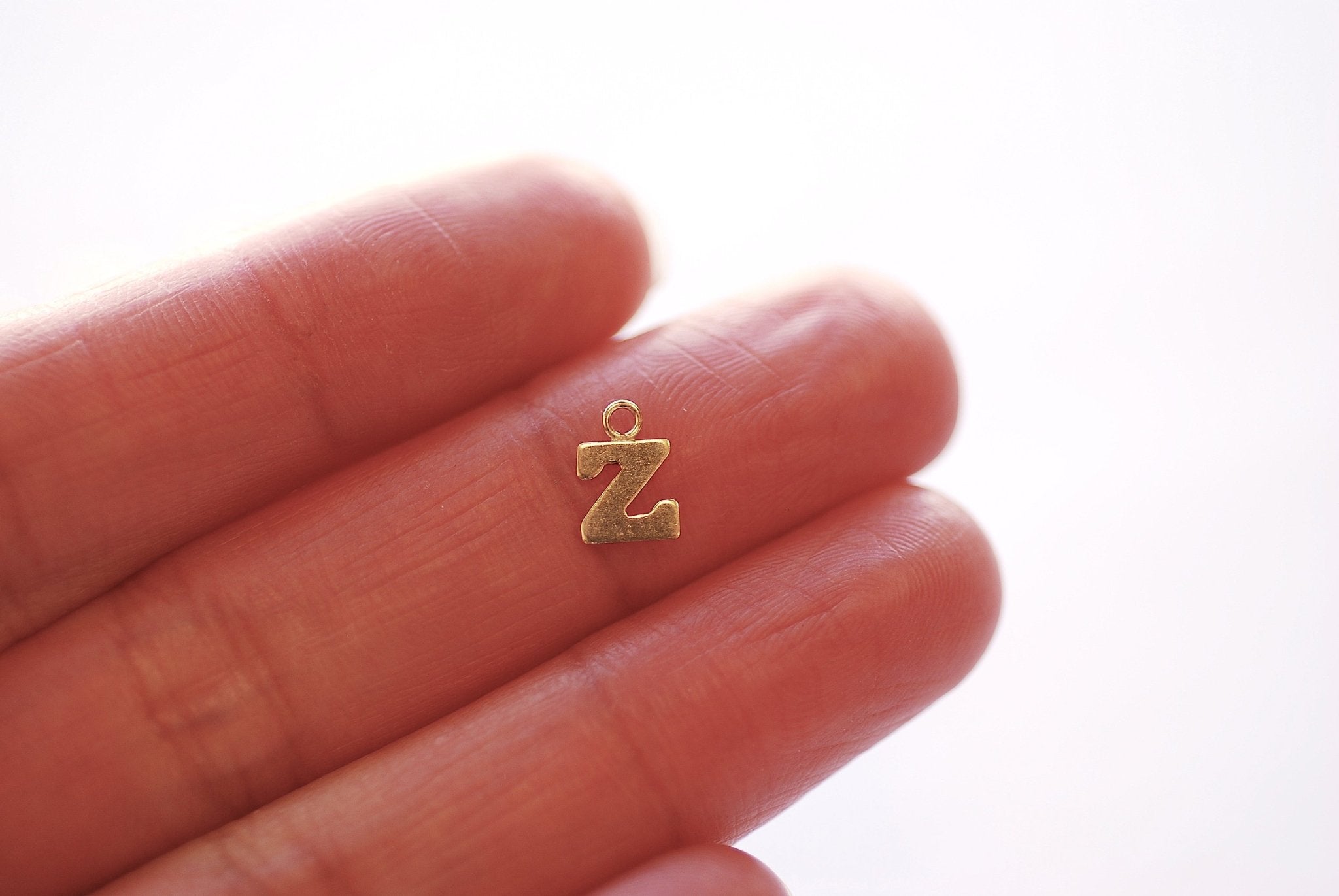
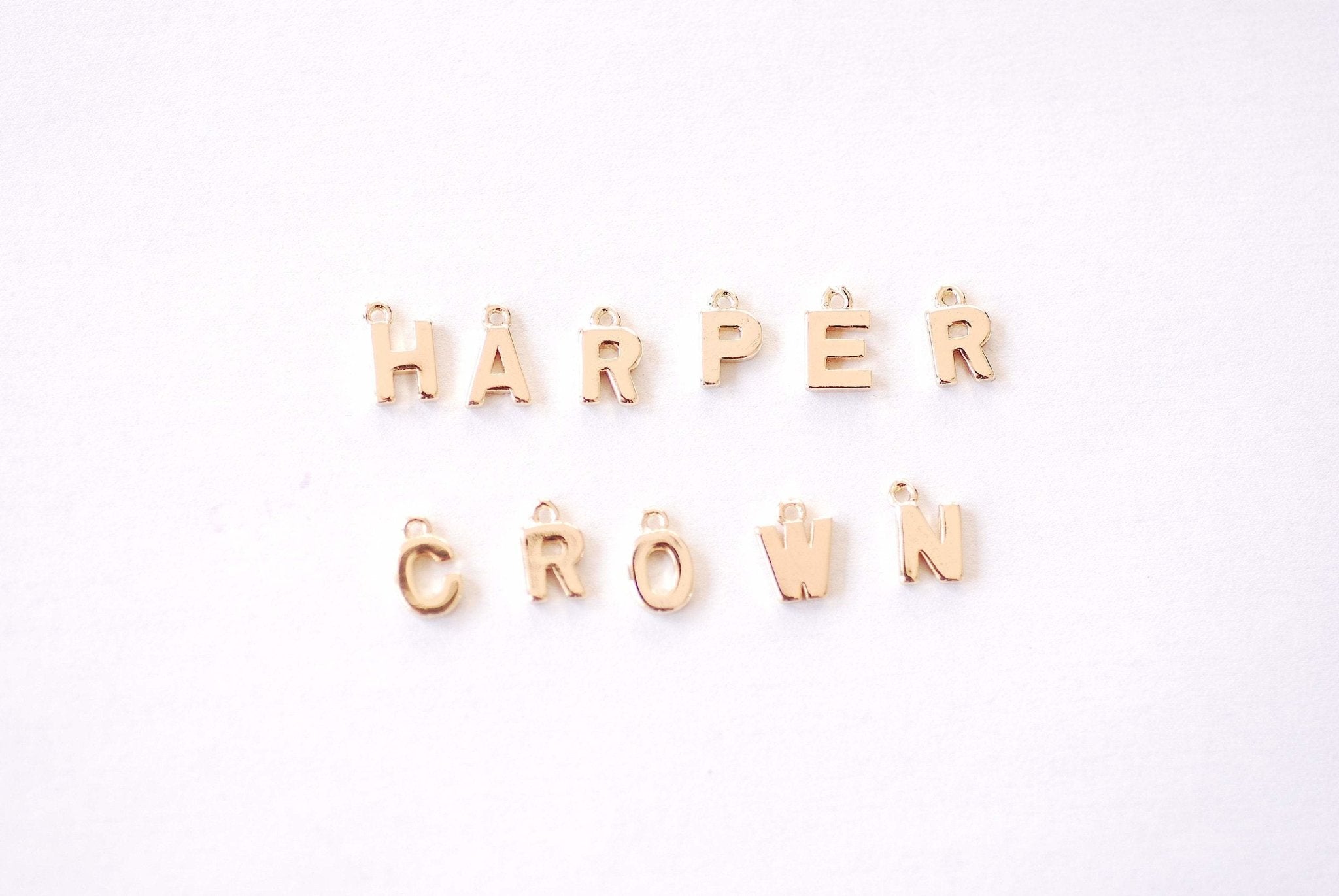
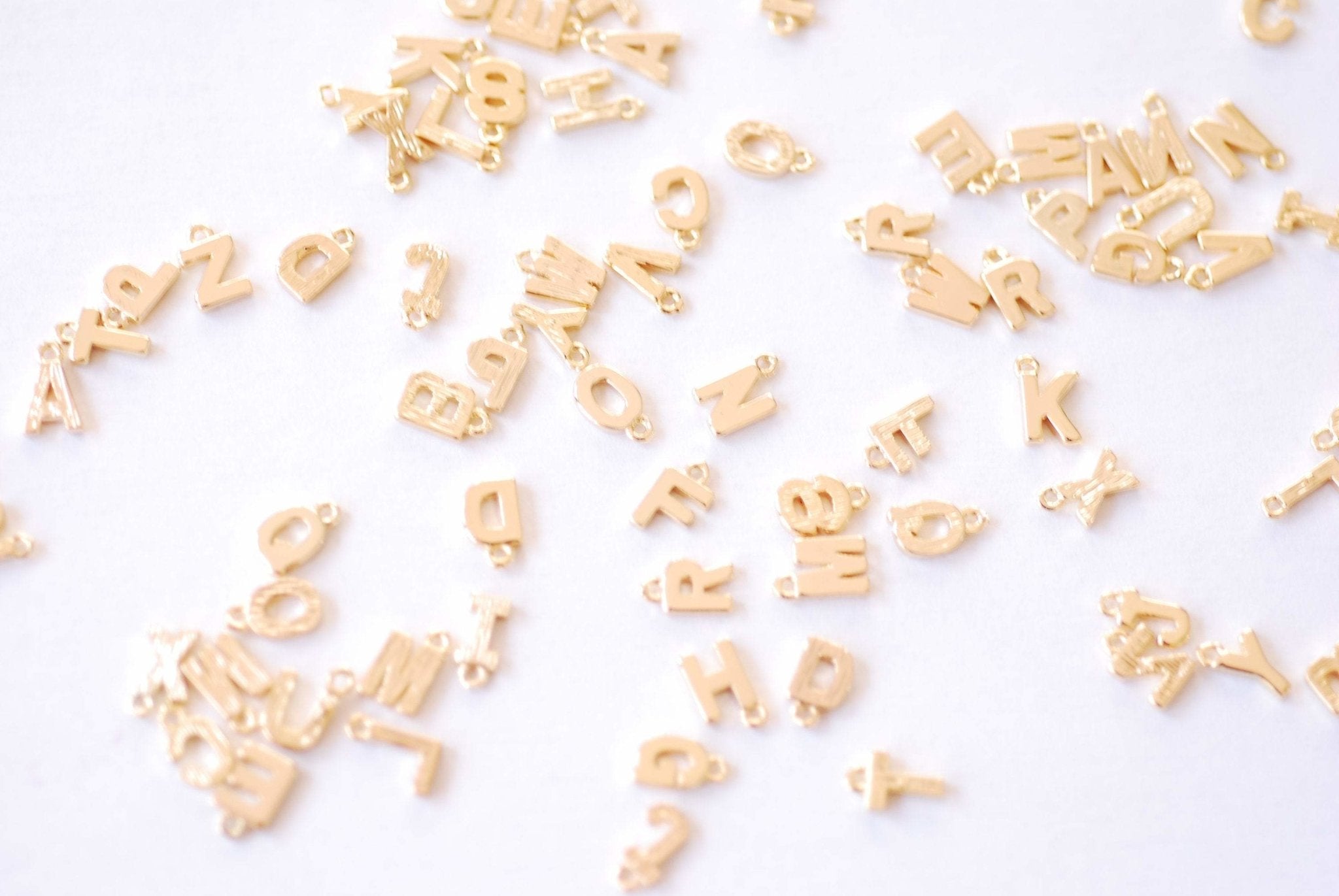
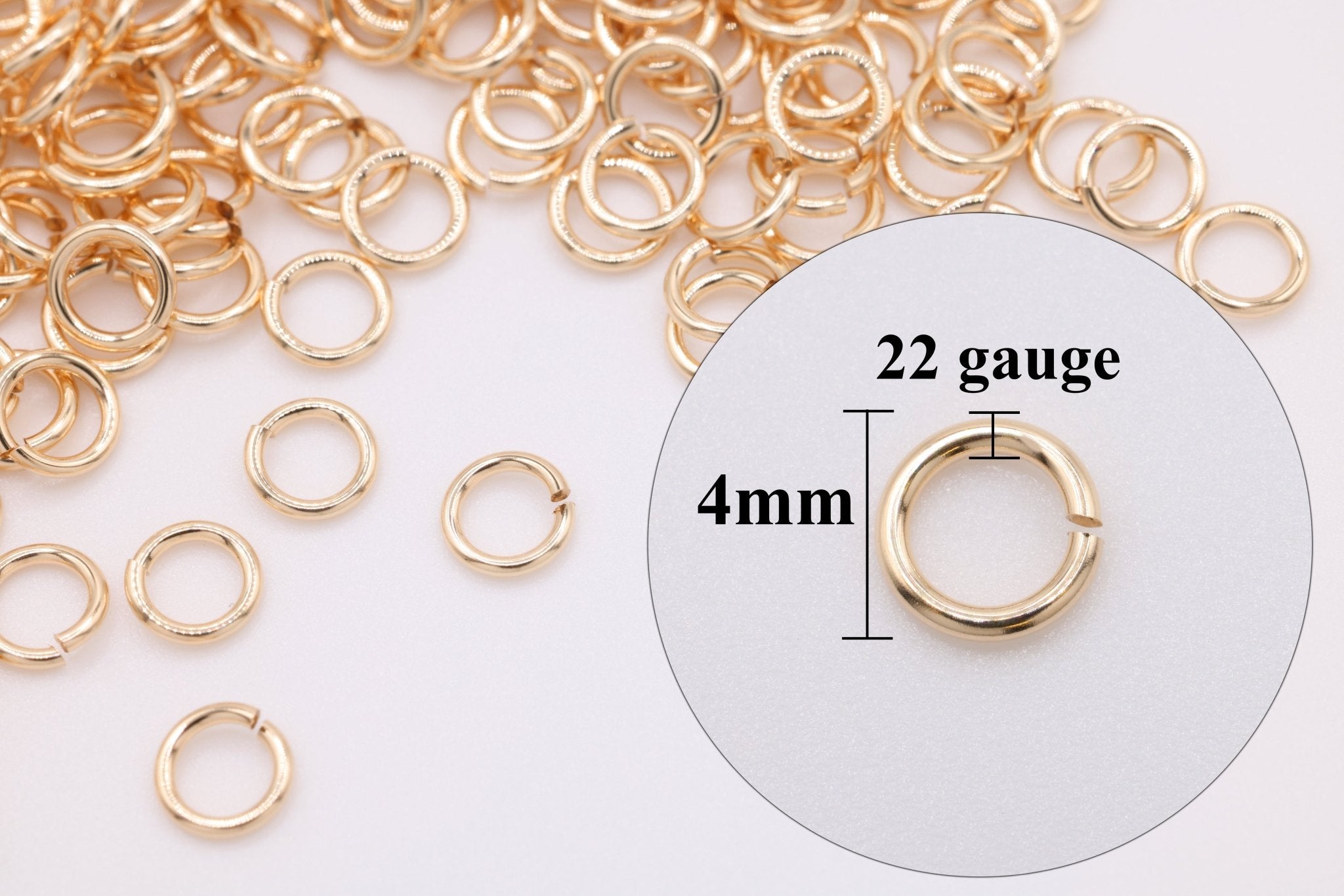
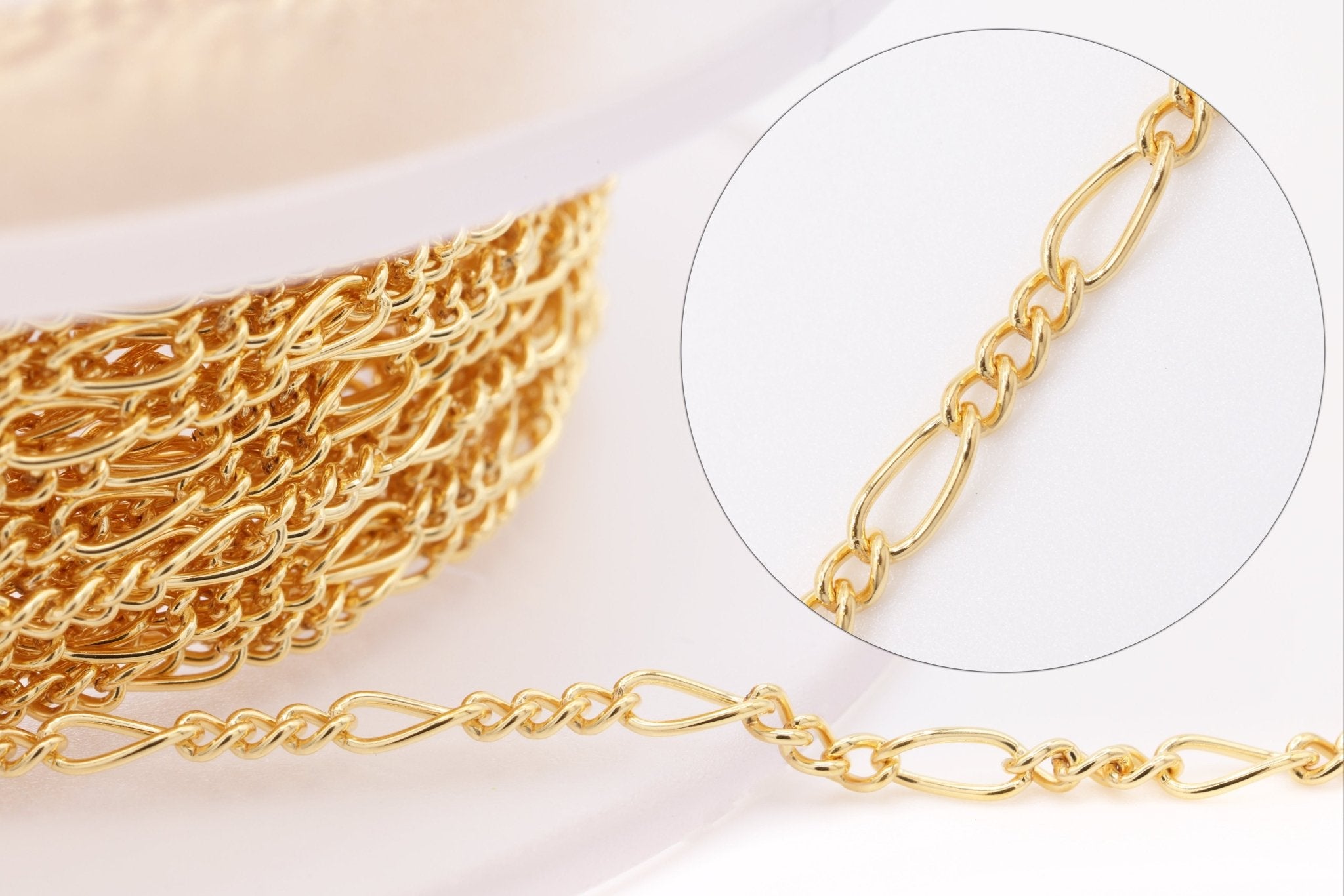
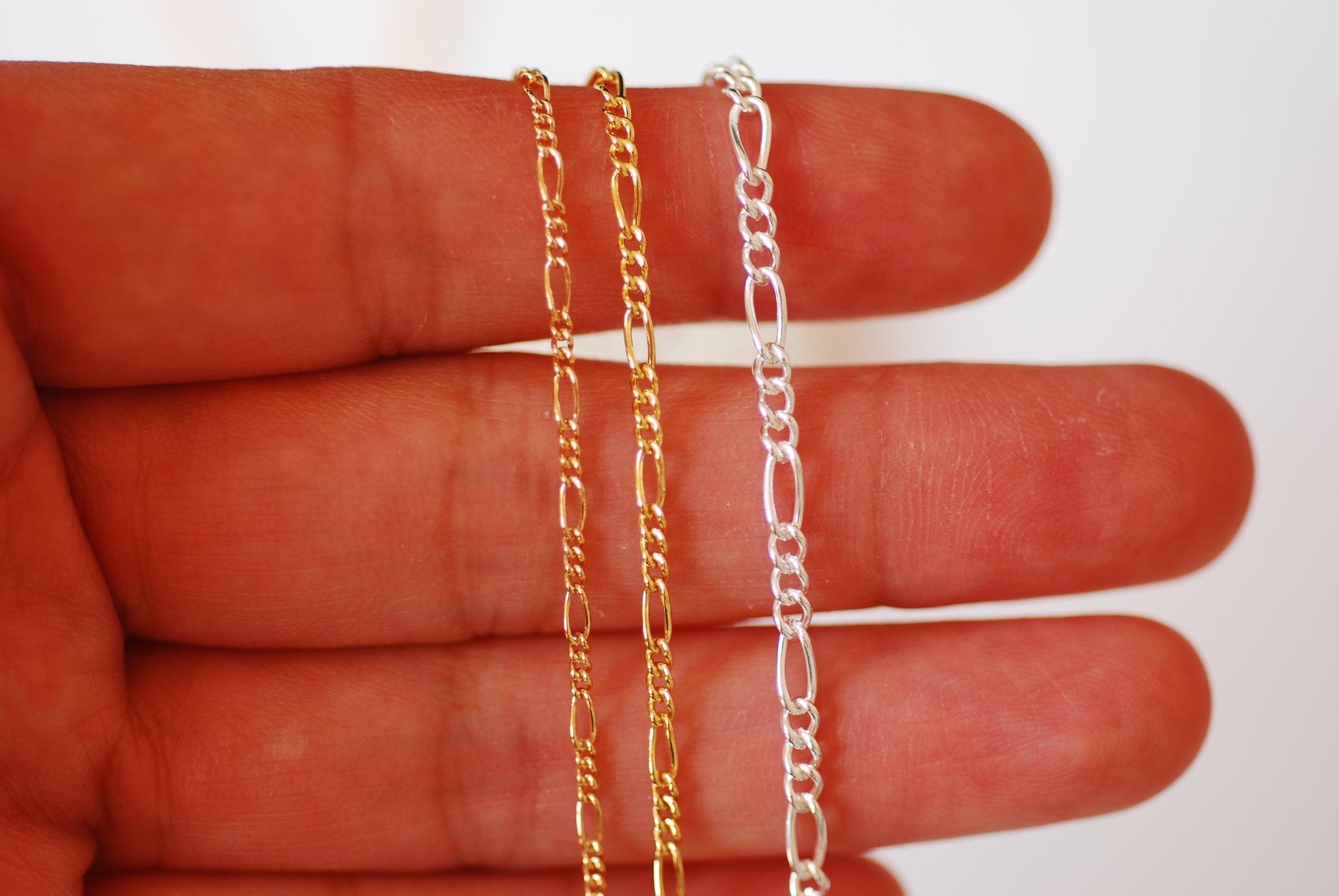
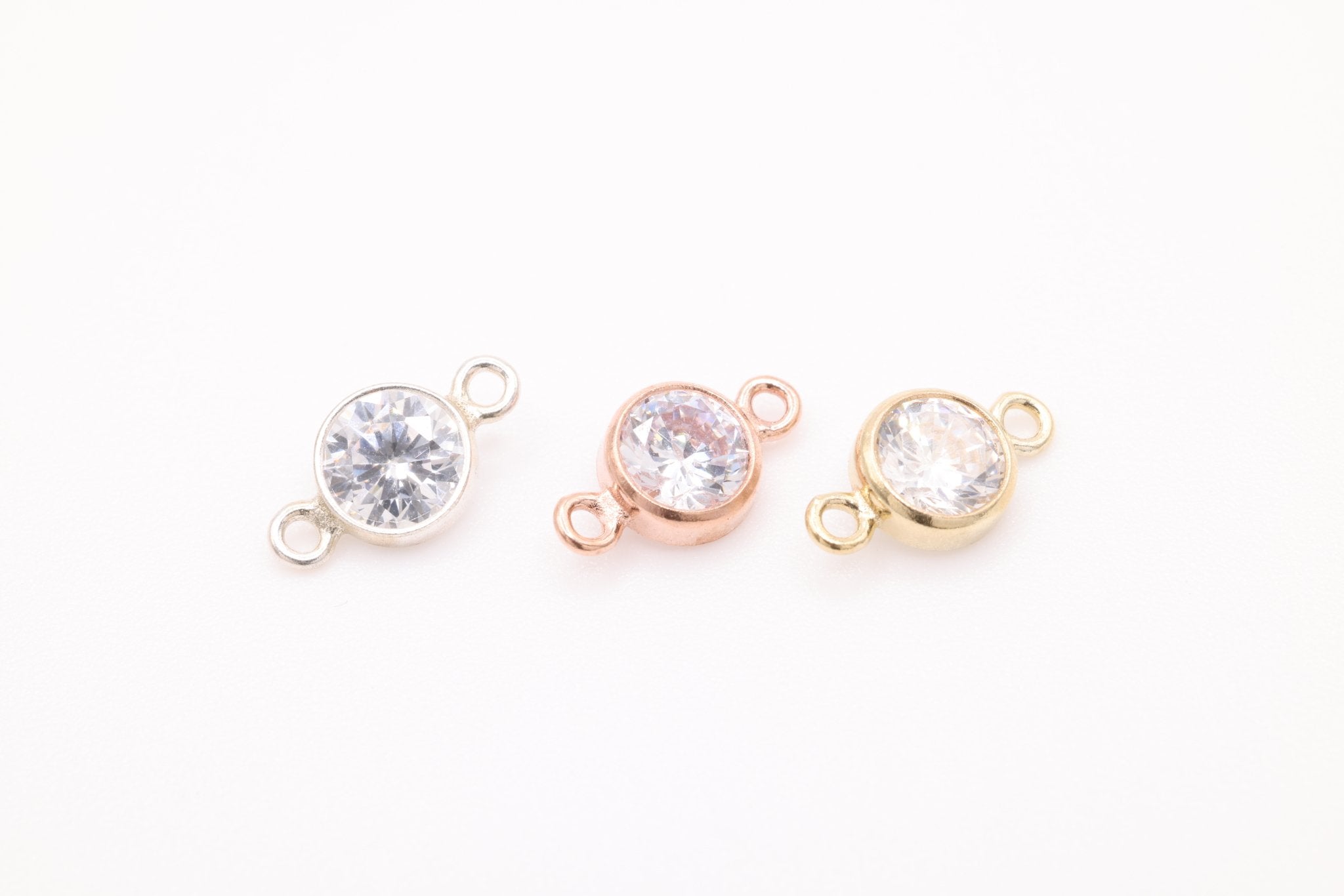
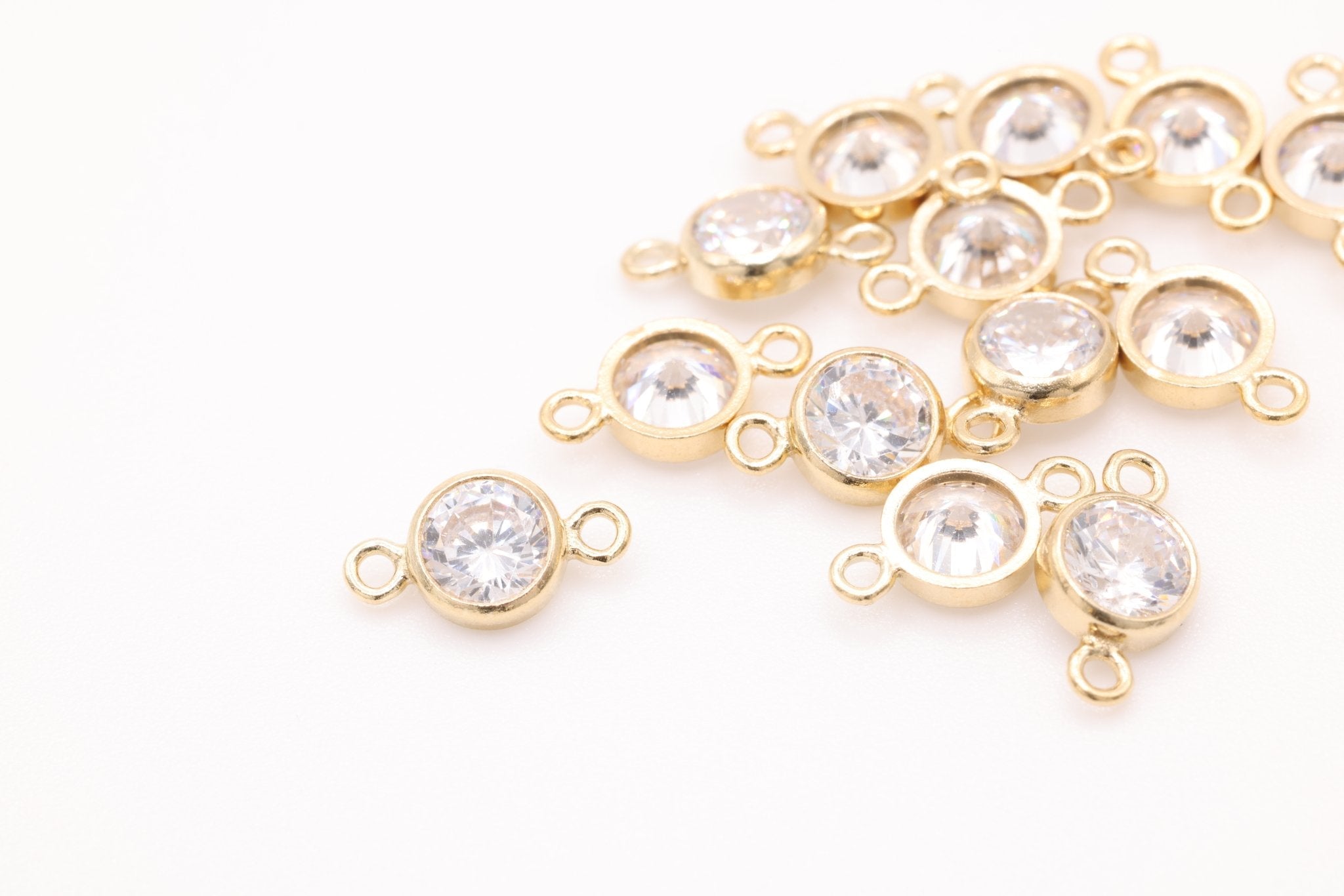
![Gold Filled Beaded Ring, Gold Silver Stacking Ring, Hammered Bead Ring, Gold Dot Ring Midi Ring Gold Filled Flat Beaded Ring Minimalist [30] - HarperCrown](http://www.harpercrown.com/cdn/shop/products/gold-filled-beaded-ring-gold-silver-stacking-ring-hammered-bead-ring-gold-dot-ring-midi-ring-gold-filled-flat-beaded-ring-minimalist-30-568879.jpg?v=1634159908&width=2048)
![Gold Filled Beaded Ring, Gold Silver Stacking Ring, Hammered Bead Ring, Gold Dot Ring Midi Ring Gold Filled Flat Beaded Ring Minimalist [30] - HarperCrown](http://www.harpercrown.com/cdn/shop/products/gold-filled-beaded-ring-gold-silver-stacking-ring-hammered-bead-ring-gold-dot-ring-midi-ring-gold-filled-flat-beaded-ring-minimalist-30-638411.jpg?v=1634159908&width=2048)
